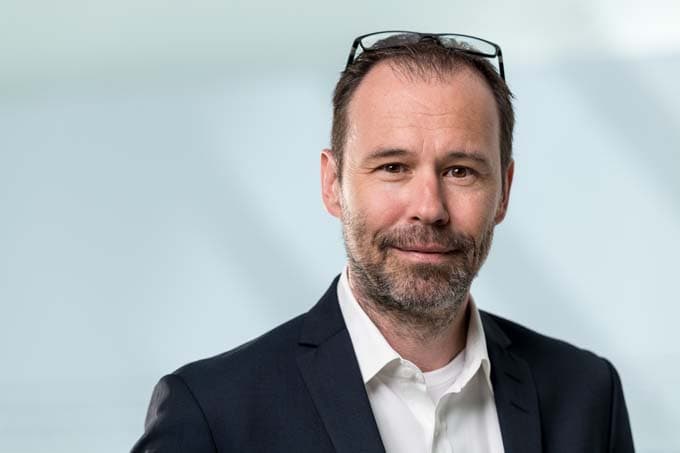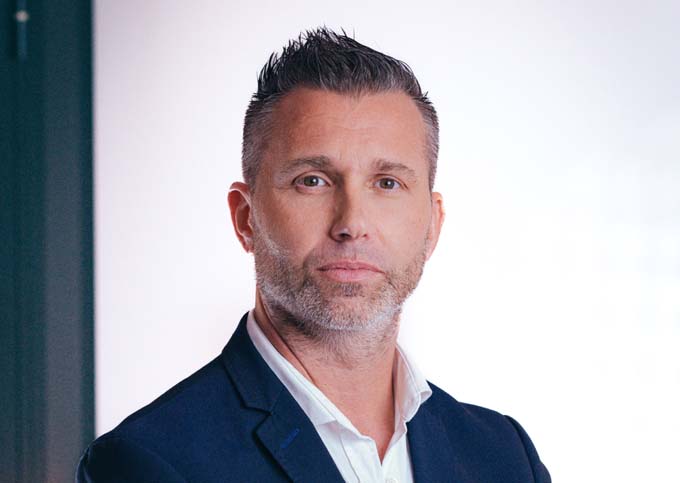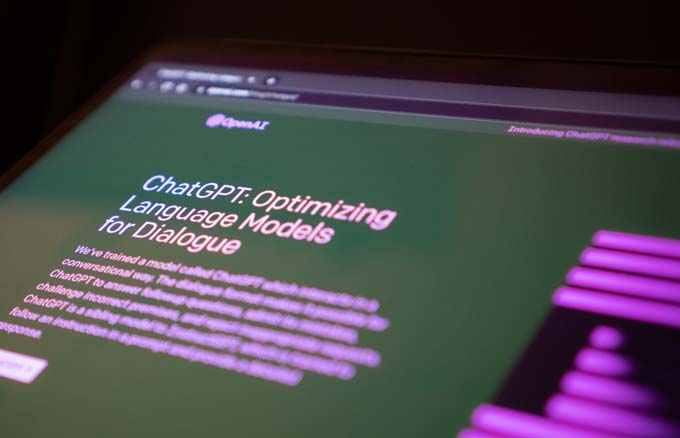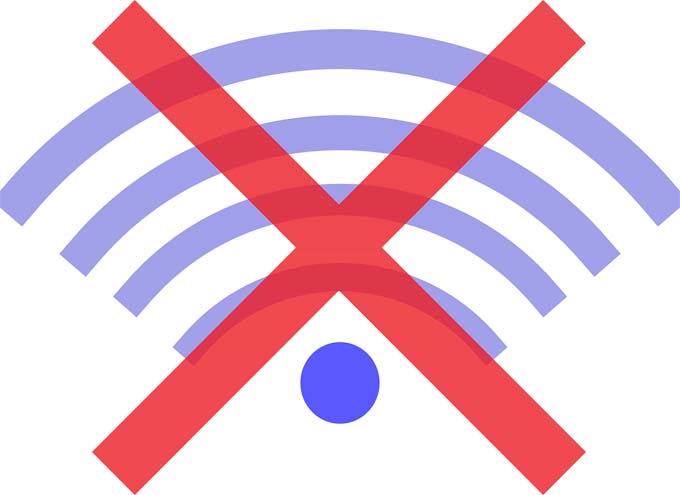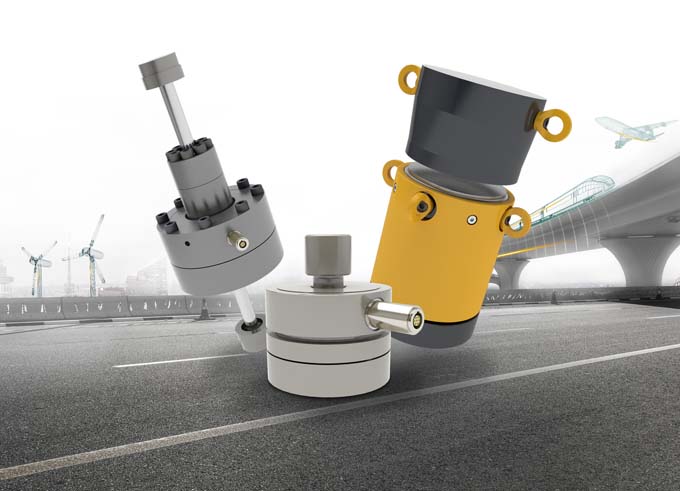ECEC 2023 dealt with compliance in crisis years
ECEC 2023 on October 17, arguably the largest gathering of the European compliance community, was all about the challenges of the future. More than 6000 participants from nearly 150 countries were connected live and more than 30 international experts discussed challenges triggered by crises and AI.

The virtual European Compliance and Ethics Conference (ECEC 2023), hosted for the fourth time by EQS Group, a leading international RegTech provider for compliance, was very close to the pulse of time. This large-scale virtual event discussed the future of compliance in a challenging environment with global crises and new technologies. The host of the conference, Achim Weick, founder and CEO of EQS Group AG, immediately put his finger in the wound in his opening speech: "Credibility has never been as important as it is today, but at the same time, surveys show that global trust in business is only 62 percent - which is why we all need to commit to the right values and a healthy and transparent corporate culture. This is the only way we can meet the challenges of tomorrow."
"We all need to be committed to a healthy corporate culture"
"How can corporate values be preserved in a crisis?" This question was the focus of numerous presentations. In addition to open and transparent communication, Sven Clodius, Partner Assurance, Investigations & Compliance at Ernst & Young, therefore recommended that companies reassess their risk strategy and reallocate limited resources: "Once the biggest compliance risks are identified, regulations can be systematically implemented." Ethics business consultant Dr. Bettina Palazzo, speaking with Richard Bistrong, an internationally recognized anti-corruption consultant, emphasized the importance of sharing with employees. Her conclusion: "Rules without relationships lead to rebellion."
Good corporate governance is an important competitive factor
One in five compliance officers fears that their function could be replaced by artificial intelligence (AI). This is the exciting result of a survey that EQS Group had already conducted in the run-up to the ECEC. However, the overwhelming majority of conference participants saw the positive aspects in using the new technology responsibly. "With a competent compliance team, companies can use the powerful innovations to promote ethics in the organization - and thus gain a competitive advantage," explained Anne Vogdt, Head of Compliance & Data Protection at FREENOW.
Alison McDermott: Toxic waste and a toxic work environment are a dangerous combination
The emotional highlight of the 26 sessions with more than 30 internationally recognized compliance experts at ECEC 2023 was the appearance of whistleblower Alison McDermott, whose case has made headlines in the UK over the past two years. In a moving conversation with journalist Katy Diggory, the HR consultant described her marathon trial and the reprisals she suffered after denouncing bullying, sexual harassment, homophobia and racism at the Sellafield nuclear power plant in 2018. "A toxic work environment combined with toxic waste is a combination that can also be extremely dangerous to the general public," McDermott said, explaining her motivations for not remaining silent despite all the opposition.
Record participation in ECEC Award: Award goes to ABN Amro
Once again this year, the compliance conference concluded with the presentation of the ECEC Award. 25 companies and organizations applied for the award for outstanding compliance projects - more than ever before. "This record participation is overwhelming. It demonstrates the high regard in which this award is held by the industry, now in its fourth year. Congratulations to the finalists!" said a delighted Marcus Sultzer, Member of the Management Board of EQS Group, who awarded the winner ABN Amro. The Dutch bank narrowly beat Iberdrola and Vodafone in the live voting with its "Dilemma on X-Day" project, which involves employees in decisions in an interactive way.
Source and further information: www.ecec-community.com













